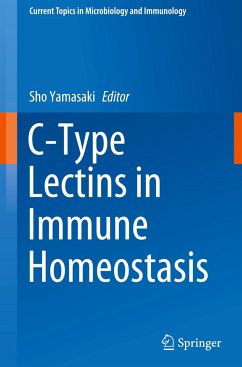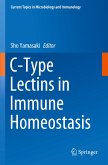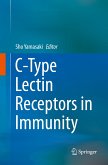This book focuses on C-type lectin receptors, a newly emerging family of pattern-recognition receptors (PRRs) and a crucial part of the human innate immune system. Above all, the authors highlight these receptors' role in the recognition of pathogen-associated molecular patterns (PAMPs) and damage-associated molecular patterns (DAMPs) - one of the first steps in responding to foreign and potentially dangerous structures in the human body.
The respective chapters chiefly examine various C-type lectin receptors, their corresponding ligands, and signalling. In addition to offering immunologists and clinicians important insights from the latest research, they may also provide novel points of departure for future drug development.
The respective chapters chiefly examine various C-type lectin receptors, their corresponding ligands, and signalling. In addition to offering immunologists and clinicians important insights from the latest research, they may also provide novel points of departure for future drug development.









